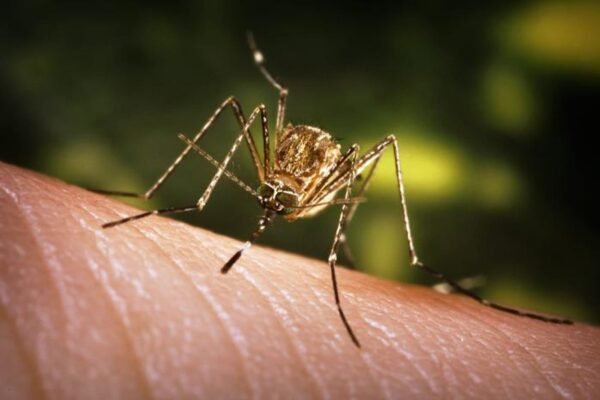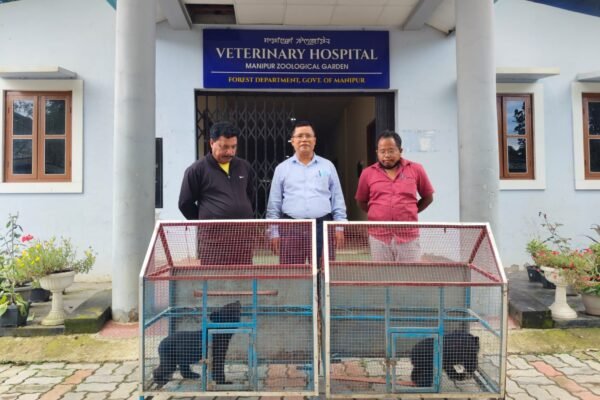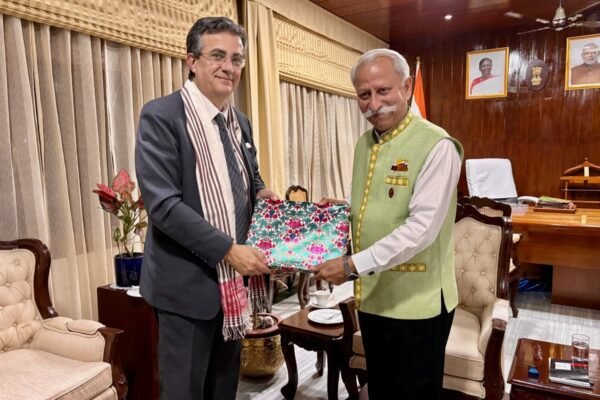- NET Web Desk
Kohima War Cemetery in Nagaland has been identified as the only cemetery in globe which incorporates of a tennis court. The United Kingdom-based Commonwealth War Graves Commission (CWGC) has figured-out five sites with unusual features. These sites are associated with World War I and World War II.


The Kohima War Cemetery is one of 23,000 World War graves across the continents maintained by the CWGC, an intergovernmental organization of six member-states which ensures that fighters who lost their lives in the wars are remembered forever.
This War Cemetery is a memorial dedicated to the soldiers of the 2nd British Division of the Allied Forces who died in World War II at Kohima in April 1944. The soldiers died on the battleground of Garrison Hill in the tennis court area of the Deputy Commissioner’s residence.

“Each of our cemeteries tells its own story. As you walk through and read the names, dates and regiments on our headstones you can build an understanding of what happened to the men and women commemorated there,” the CWGC wrote on its official site.
“In 1944, following hard fighting in the Burmese jungle, the Japanese forces in the region pushed across the Chindwin River and into India. In their path was the Fourteenth Army, made up of forces from across the Commonwealth,” the CWGC wrote on its site.
“This invasion hinged upon two key points, (Manipur capital) Imphal and Kohima. Defeat for the Fourteenth Army here meant that the Japanese could strike further into India,” it said.
According to The Hindu report, Kohima played a significant role to cross the highest point of the pass through jungle mountains into Dimapur. “The fall of Dimapur would have meant leaving the Allied defenders of Imphal at the mercy of the Japanese soldiers fighting alongside Subhash Chandra Bose’s Indian National Army.” – asserted the report.
“On 3 April, a Japanese force of 15,000 attacked Kohima and its 2,500-strong garrison. The ridges at Kohima lead to two weeks of difficult, bloody fighting as the defending forces were pushed back to the former house of the British Deputy Commissioner,” the statement by CWGC further reads.
The lawn of this aforementioned house incorporated of a tennis court where the British officers played for recreation. “The surviving defenders, encamped around the garden tennis court, prepared for their final stand. As the Japanese forces prepared to attack, they were attacked in turn by the lead tanks of a relief force, saving the garrison and pushing the attackers back,” the CWGC further added.
“Despite this setback, the Japanese force continued to fight for Kohima before they were finally forced to withdraw in May. Those who had fallen in the defence of Kohima were buried on the battlefield, which later became a permanent CWGC cemetery, with further burials from the surrounding areas,” it added.
Those who had fallen in the defence of Kohima were buried on the battlefield, which later turned into a permanent CWGC cemetery. Colin St. Clair Oakes, who designed it, incorporated the tennis court. Besides, Lhouvi Mezhur Sekhose, who is the manager of the cemetery, said the tennis court is no longer in use but maintained. It still has the turf and the line-markings, he said.
Among the other unusual sites listed by CWGC are the World War I “crater cemeteries” – Zivy Crater and Litchfield Crater – in the Pas de Calais region in France. These craters were caused by mine explosions. However, another site listed is the Nicosia (Waynes Keep) Cemetery or the “cemetery in no man’s land” in Cyprus, requiring the presence of armed guards. This is because the cemetery is on the border of a patch of land disputed between the southern and northern parts of the island since the 1970s.
According to the CWGC, which maintains this cemetery among many others in the world, there are 1,420 Commonwealth burials of the Second World War and 1 non-war burial. At the highest point in the cemetery stands the ‘KOHIMA CREMATION MEMORIAL’ commemorating 917 Hindu and Sikh soldiers whose remains were cremated in accordance with their faith.
The cemetery also contains a memorial to the 2nd Battalion, the Dorsetshire Regiment and a number of other regimental memorials have been erected on and near Garrison Hill.
The top part of this memorial is marked with a cross, while at the lower part lies a bronze plate that carries an epitaph – “When you go home tell them of us and say for your tomorrow we gave our today“.









